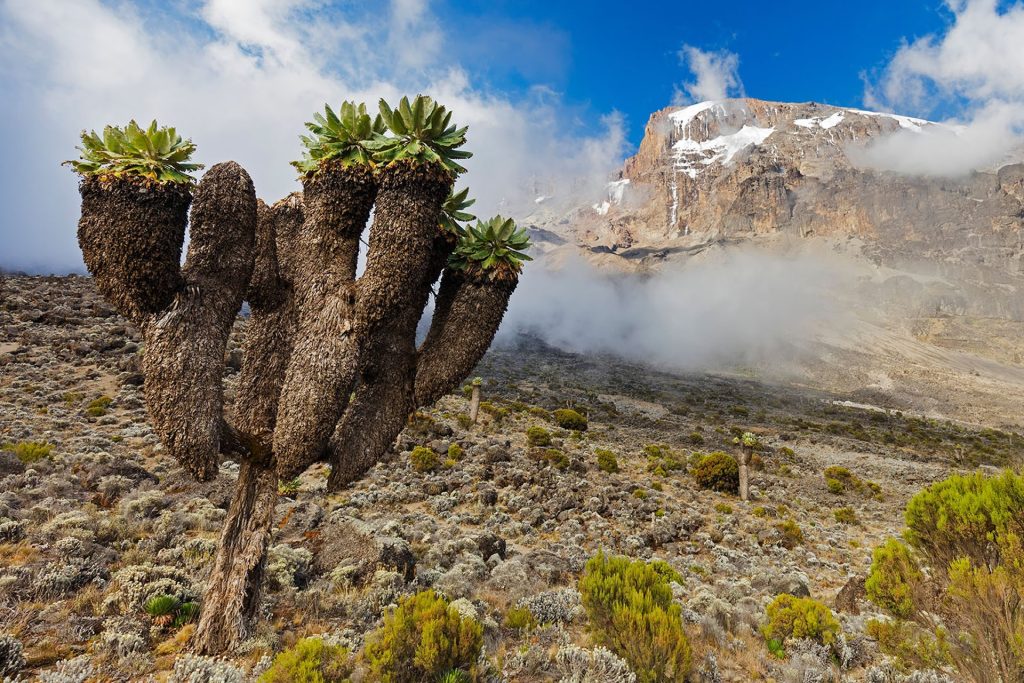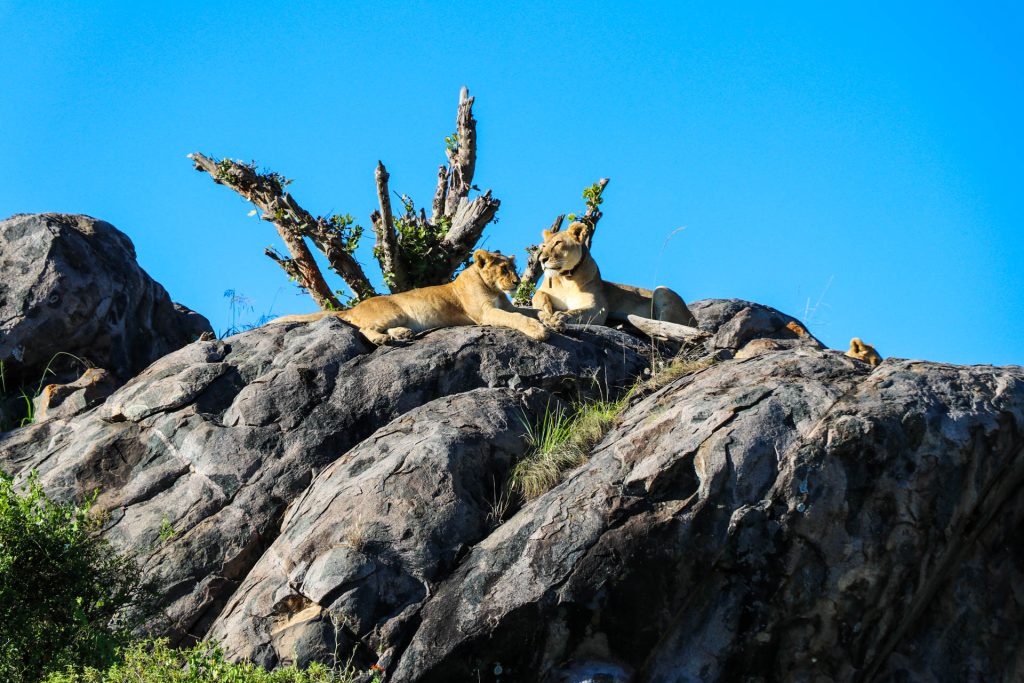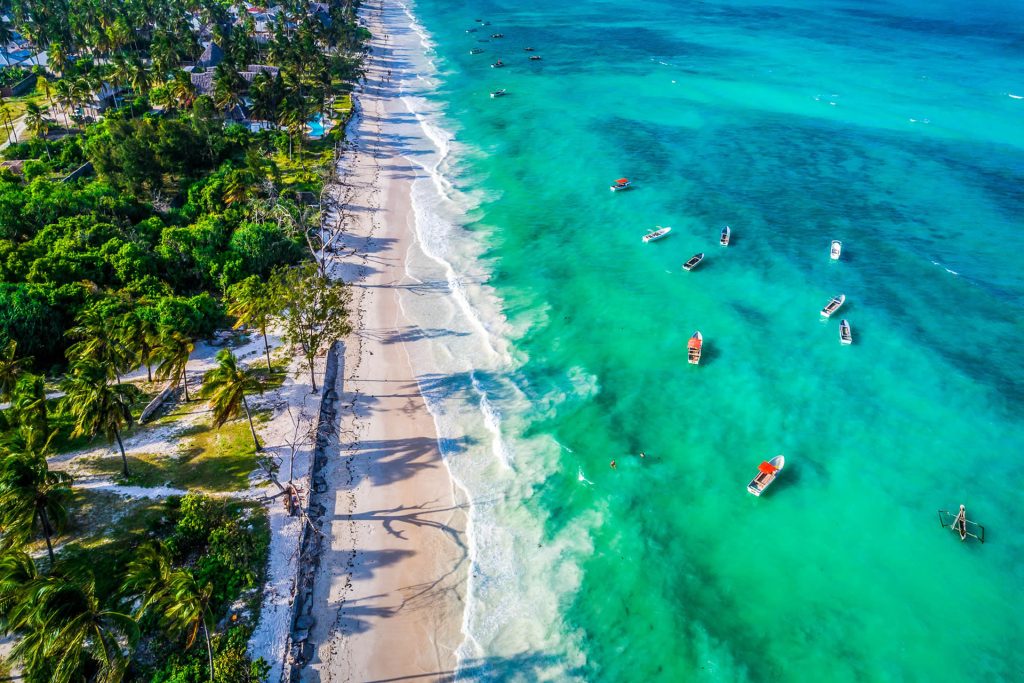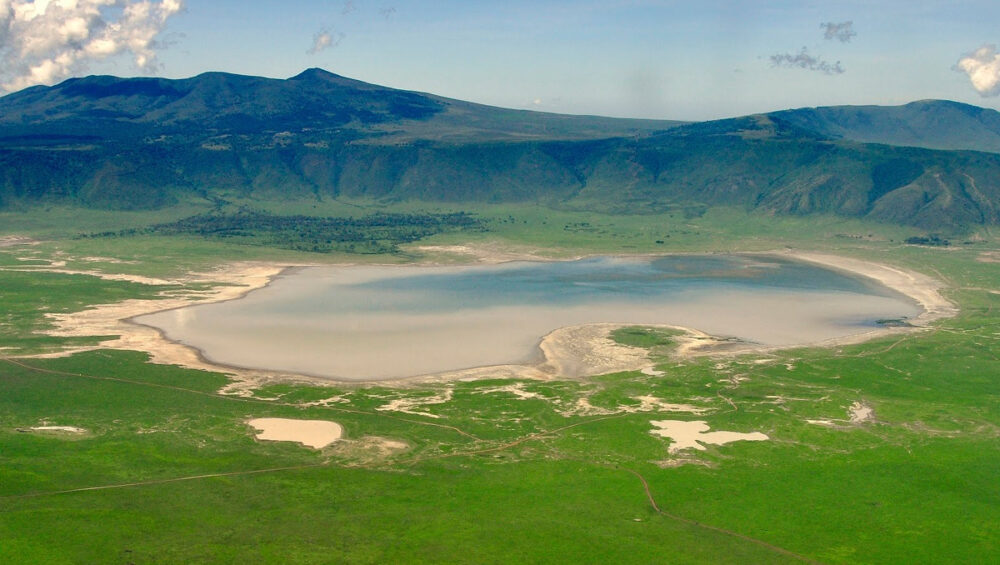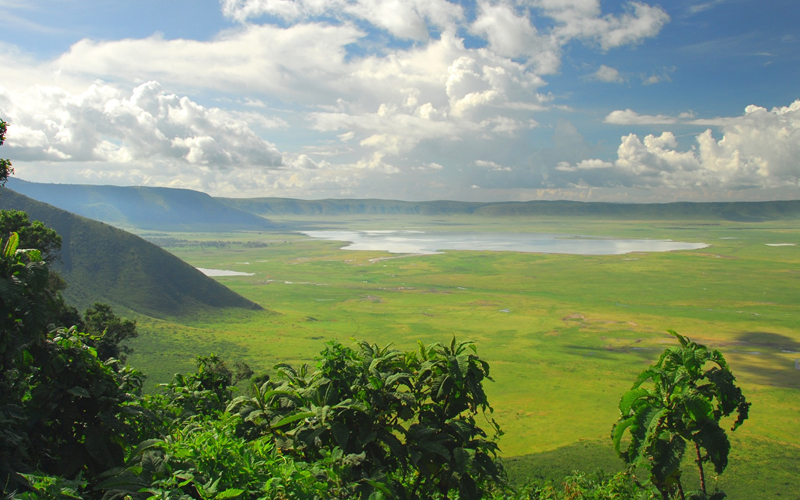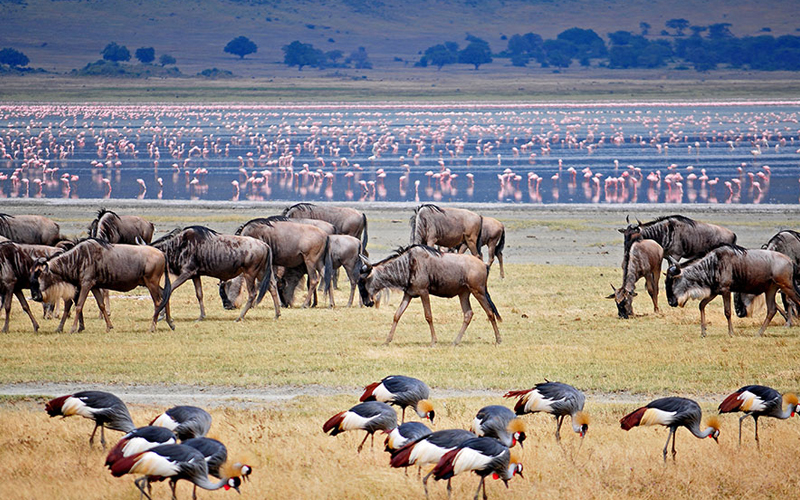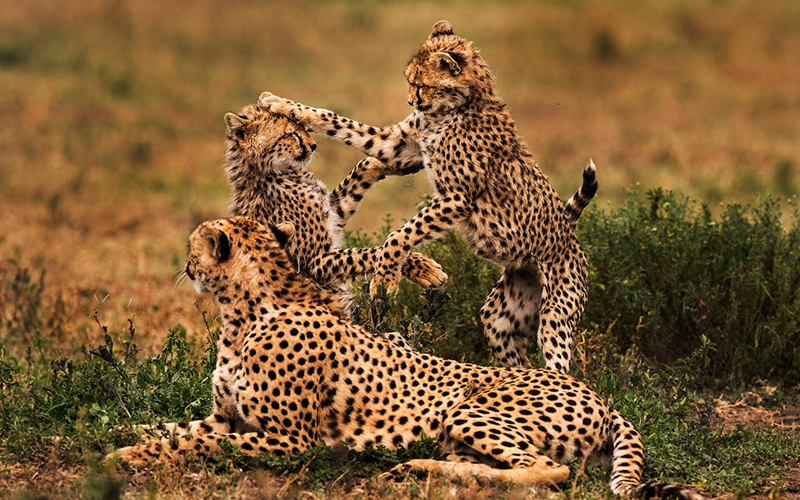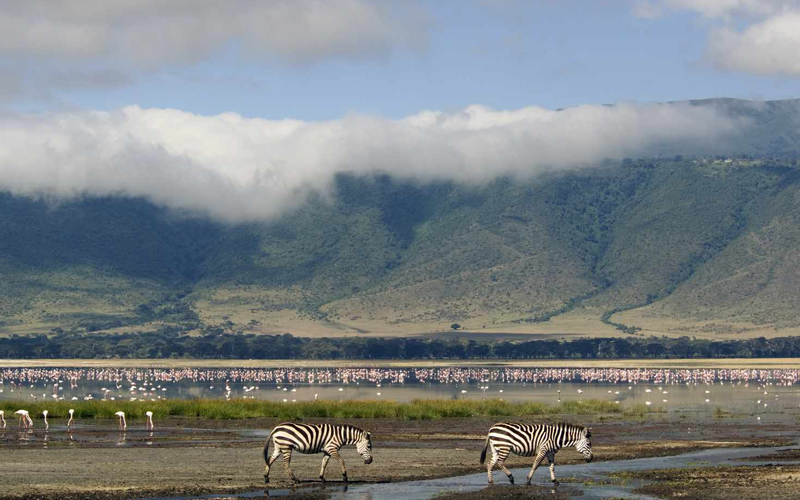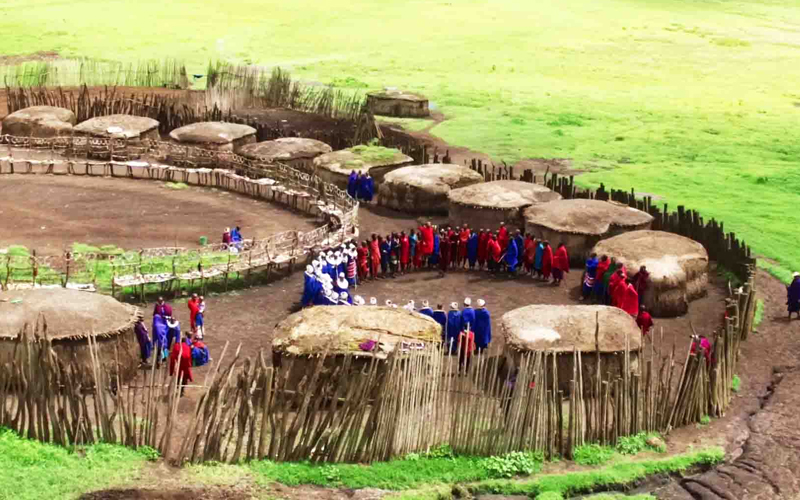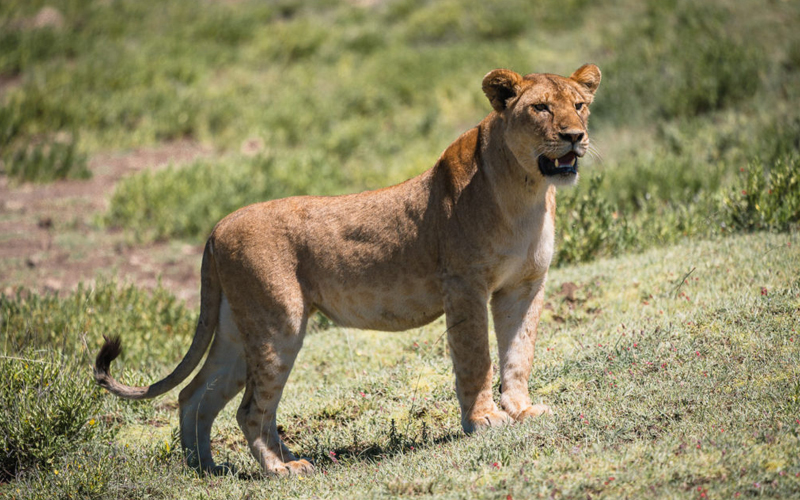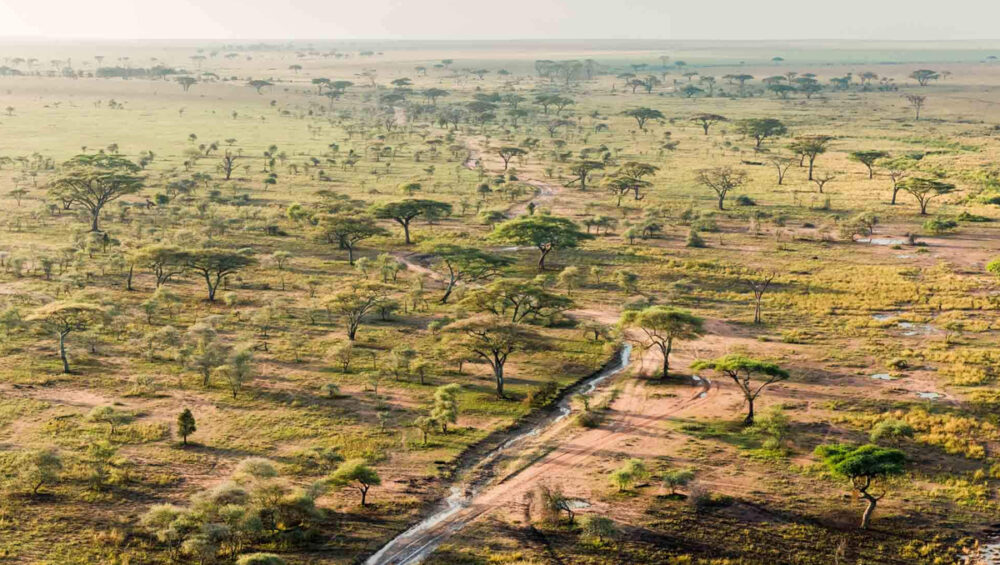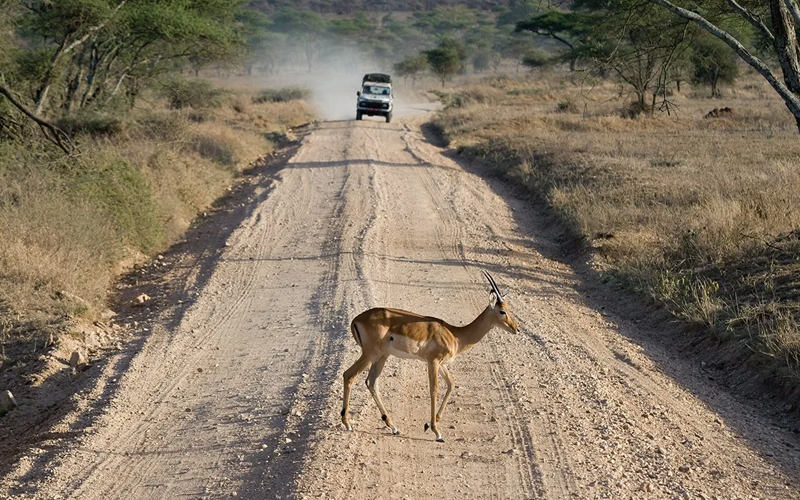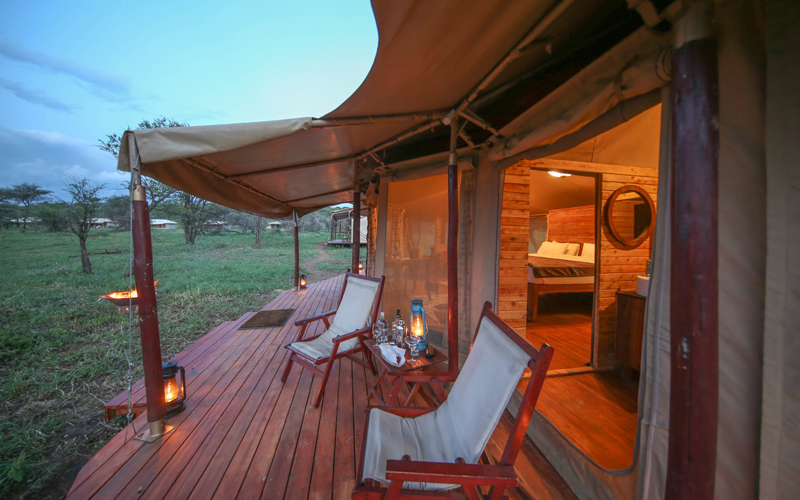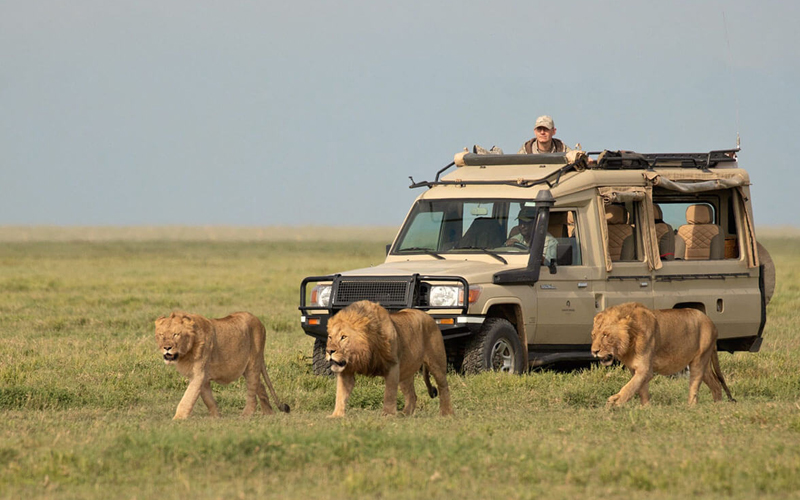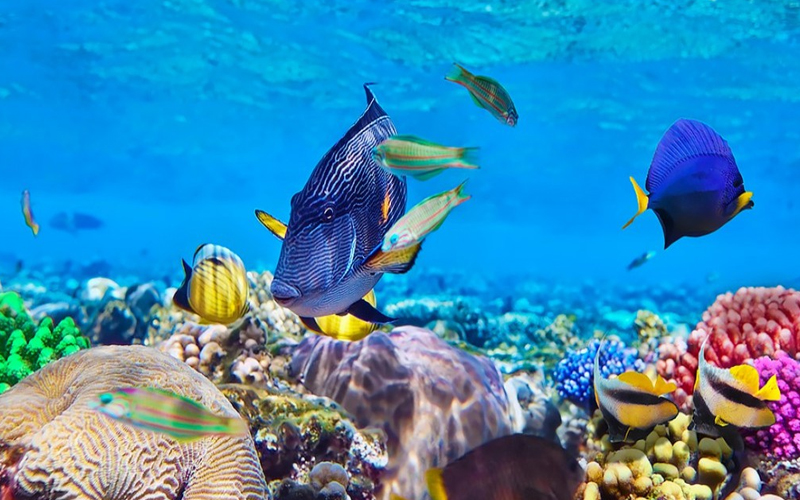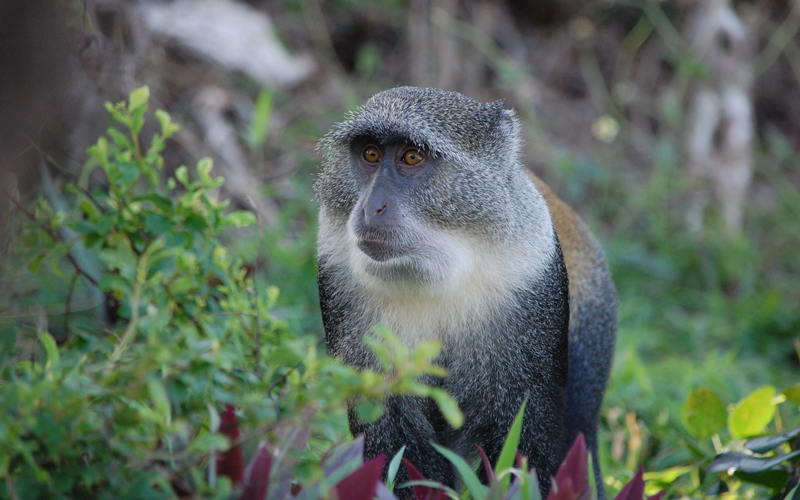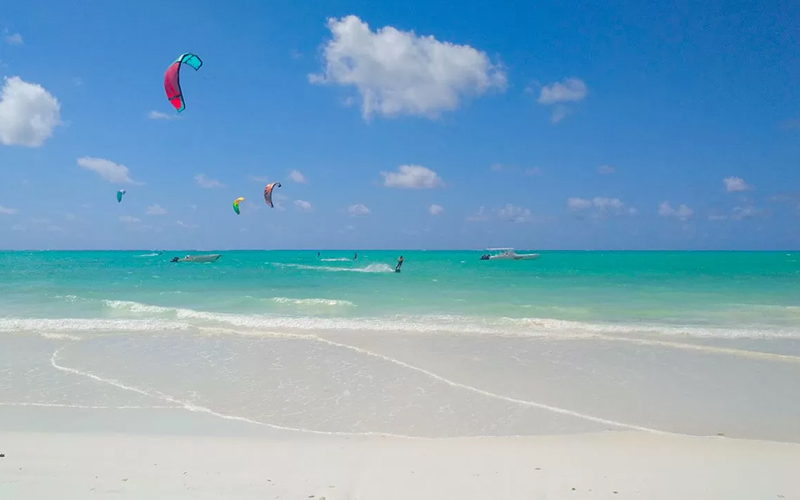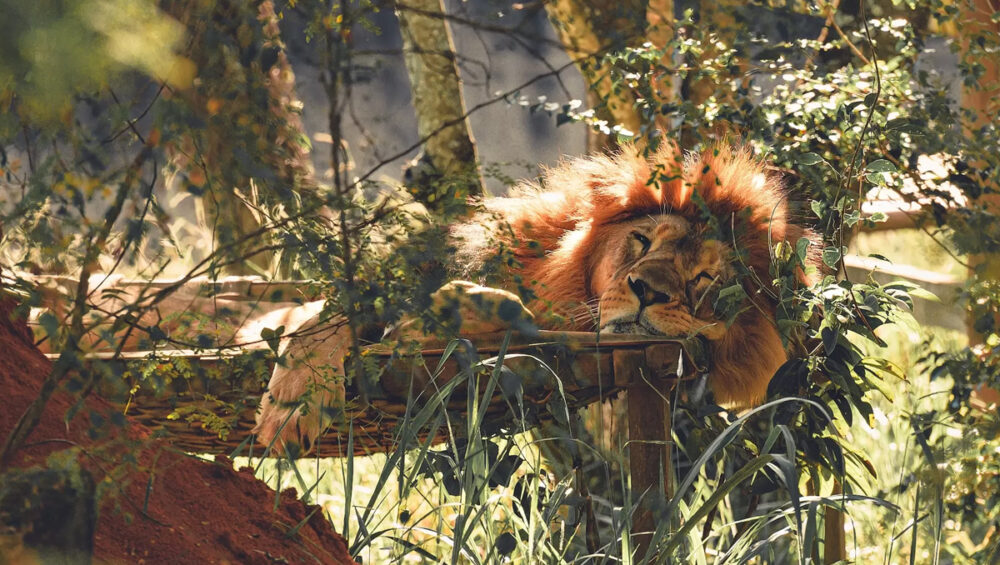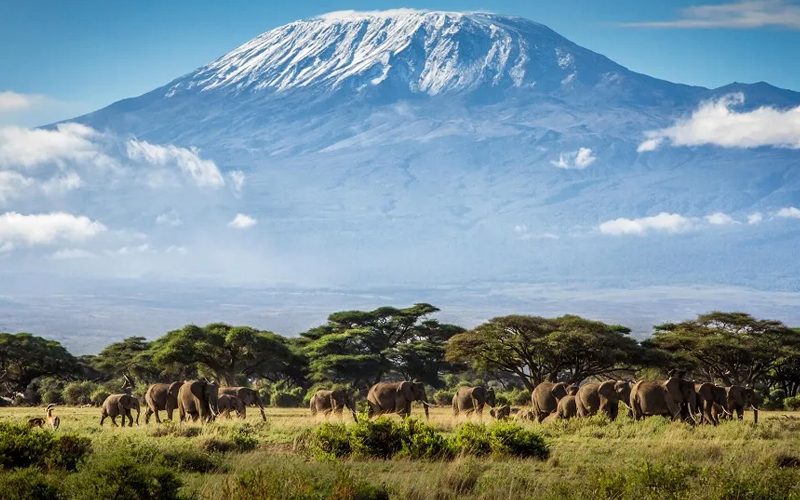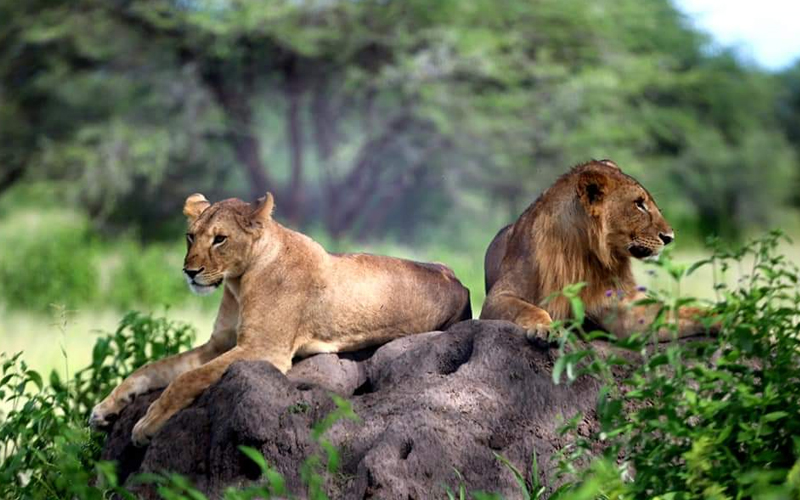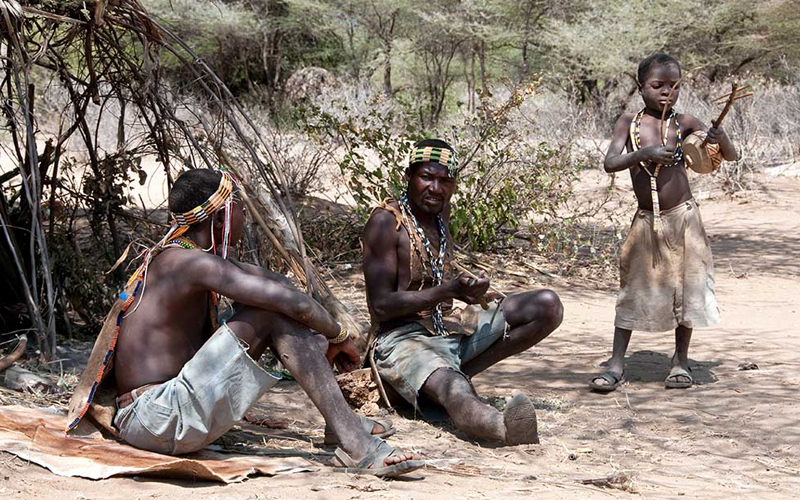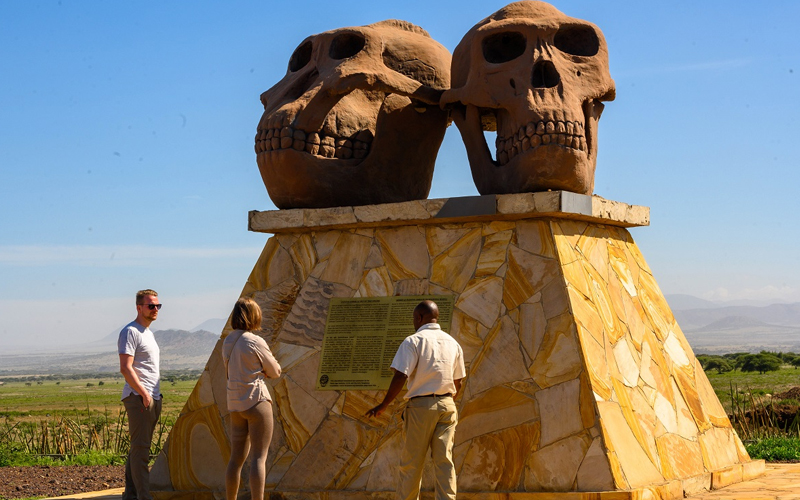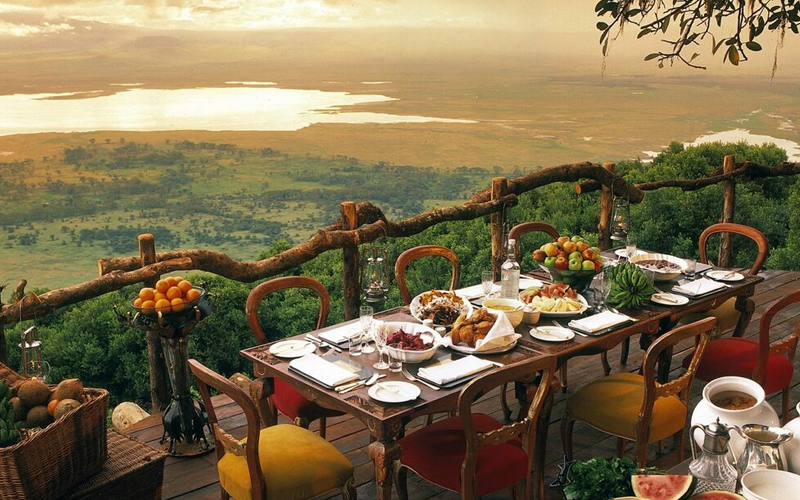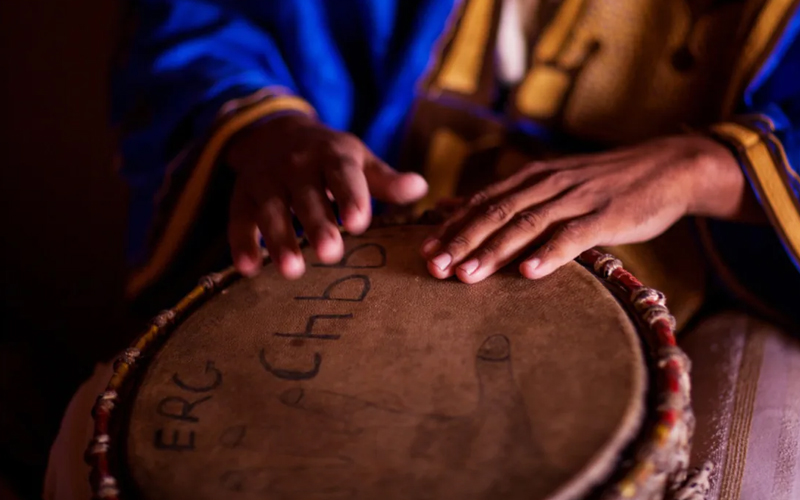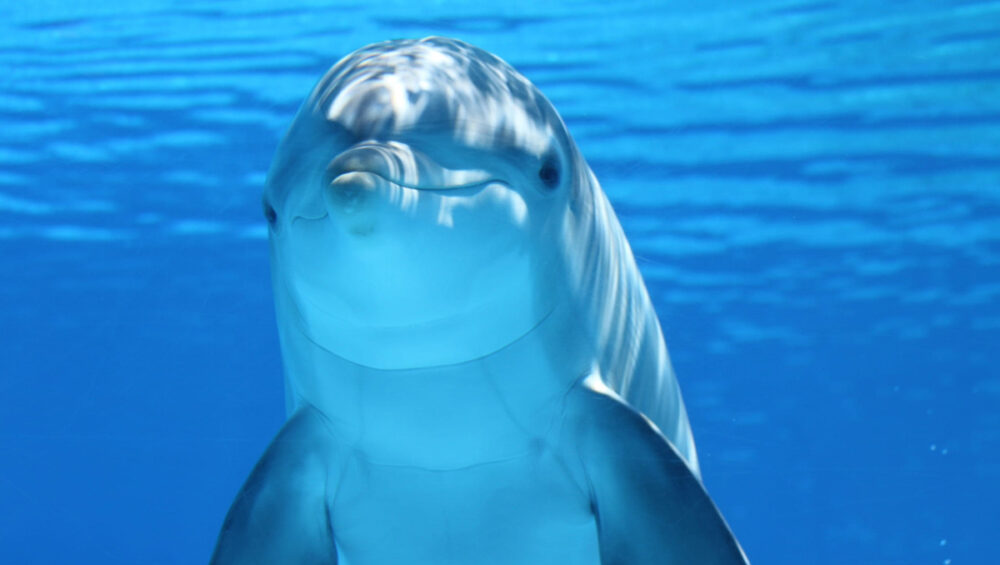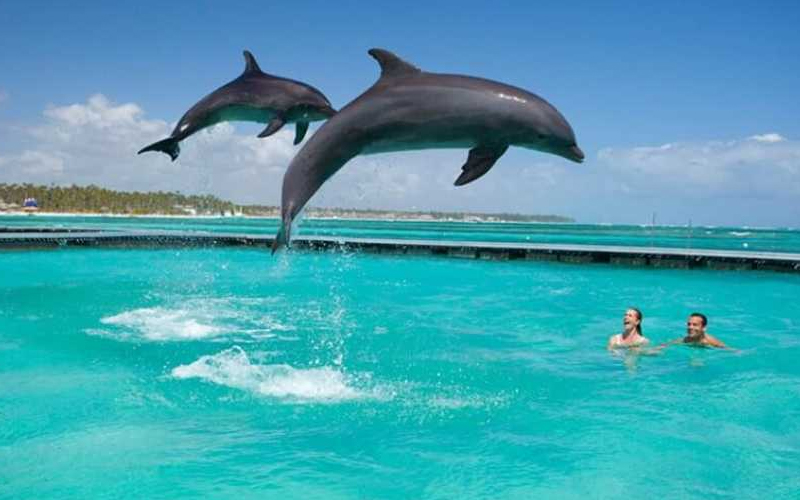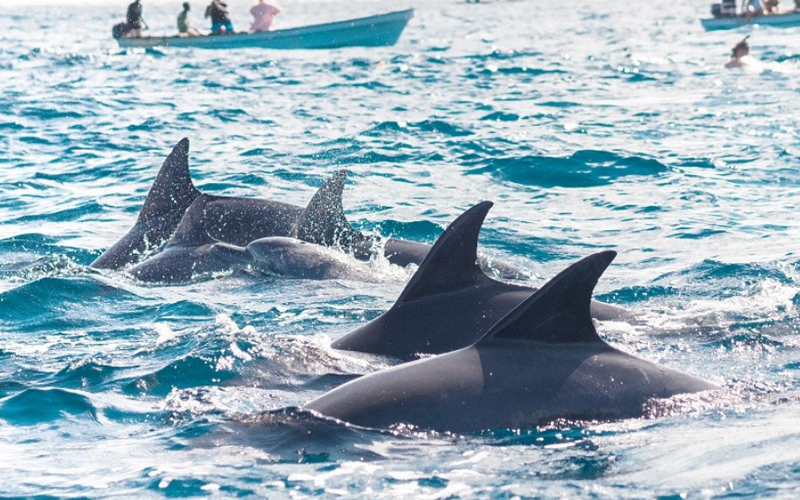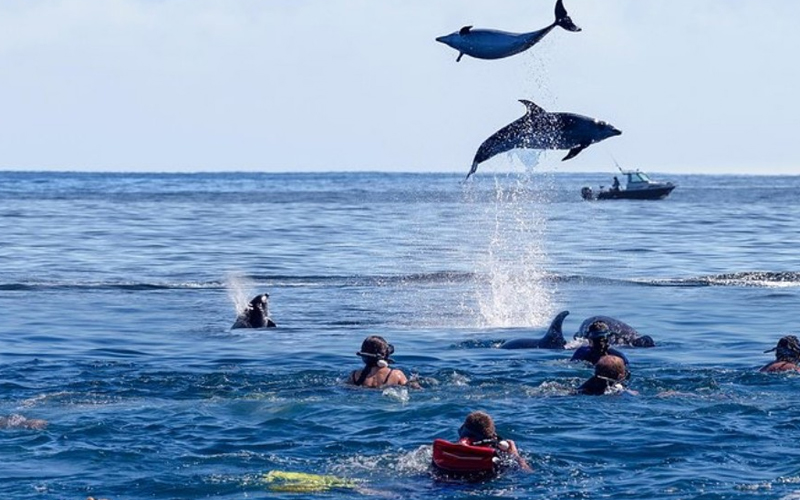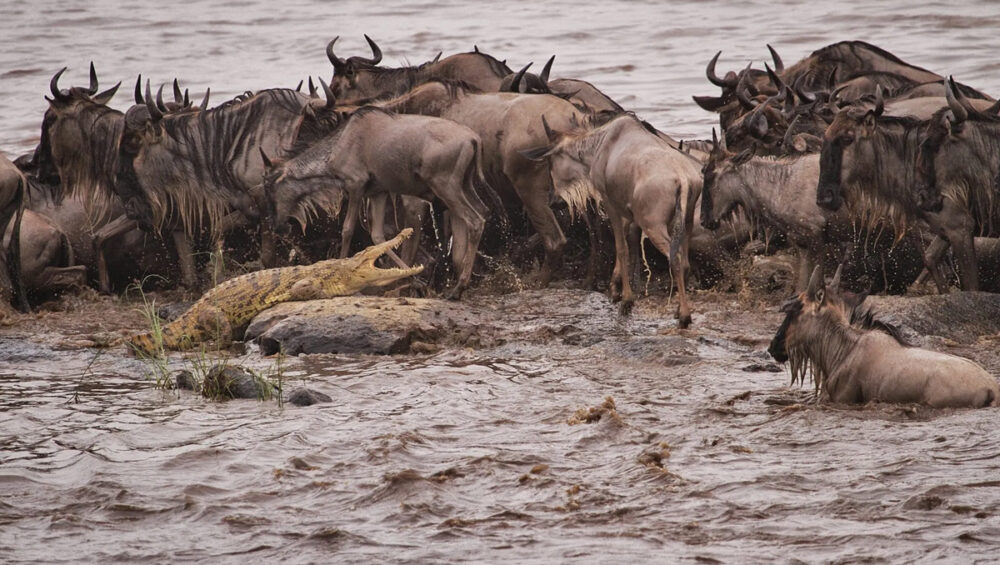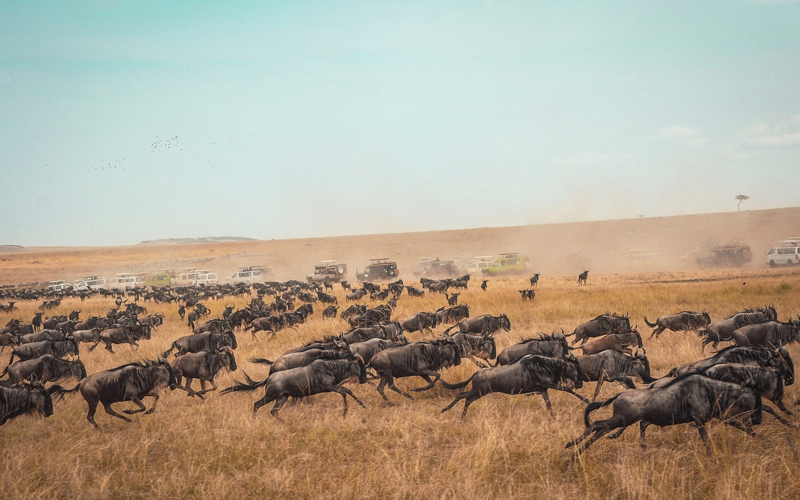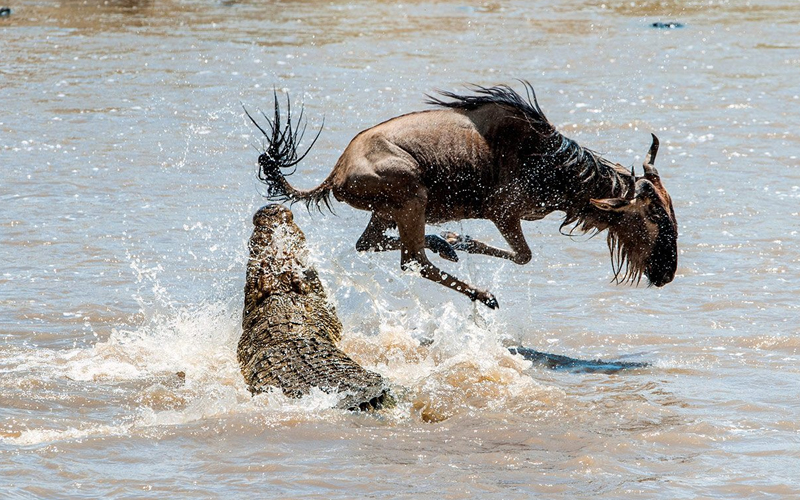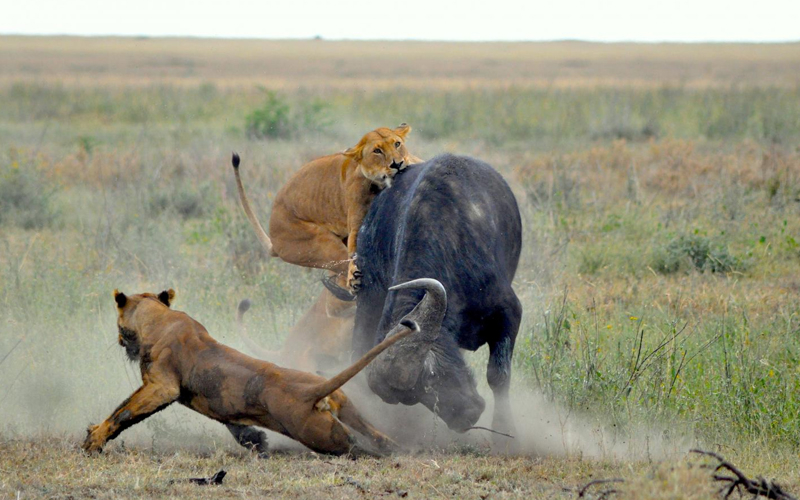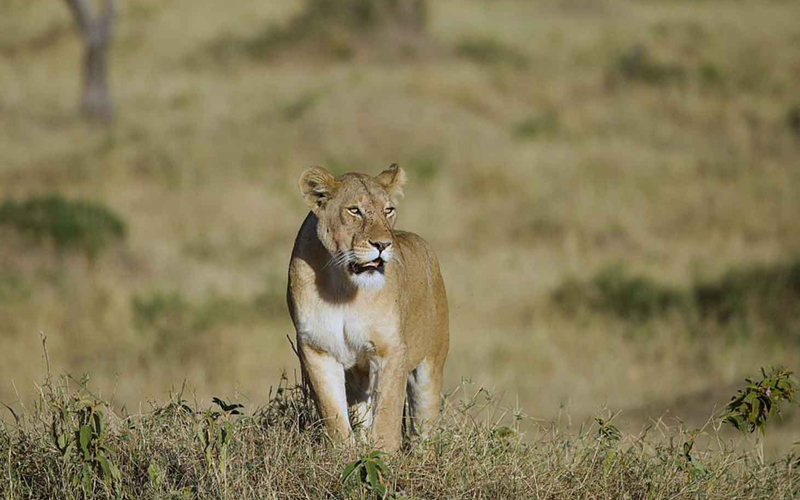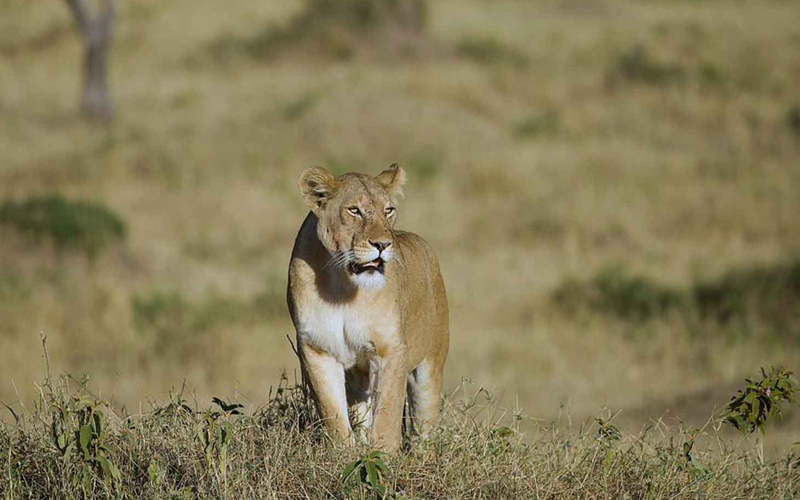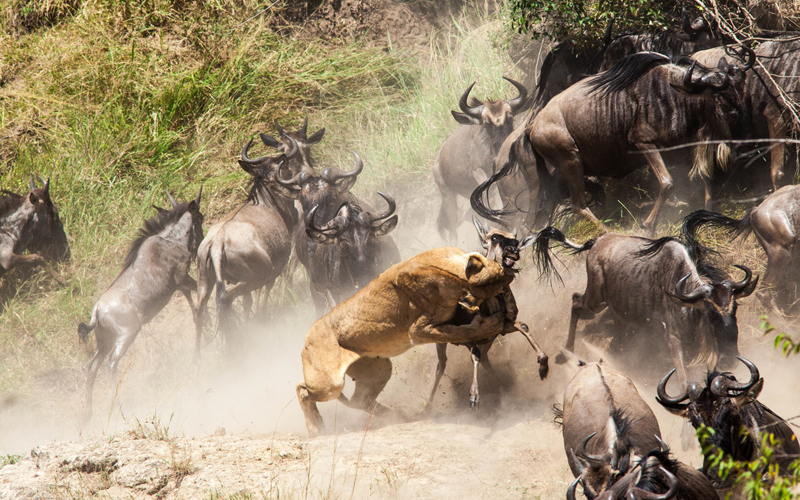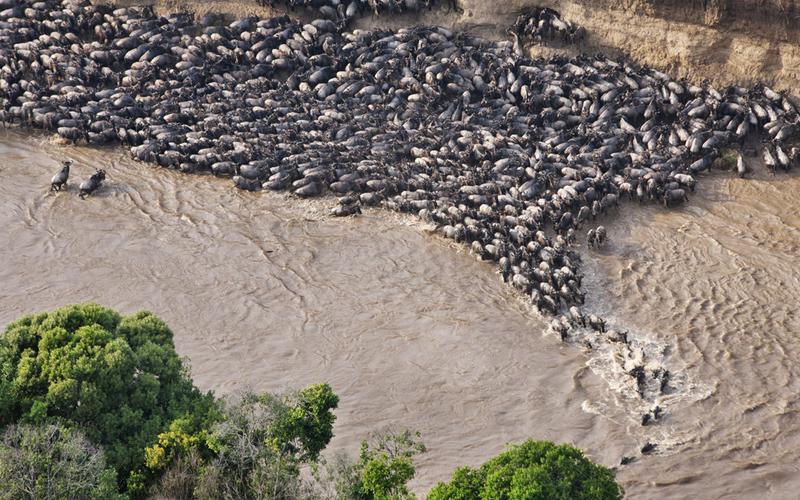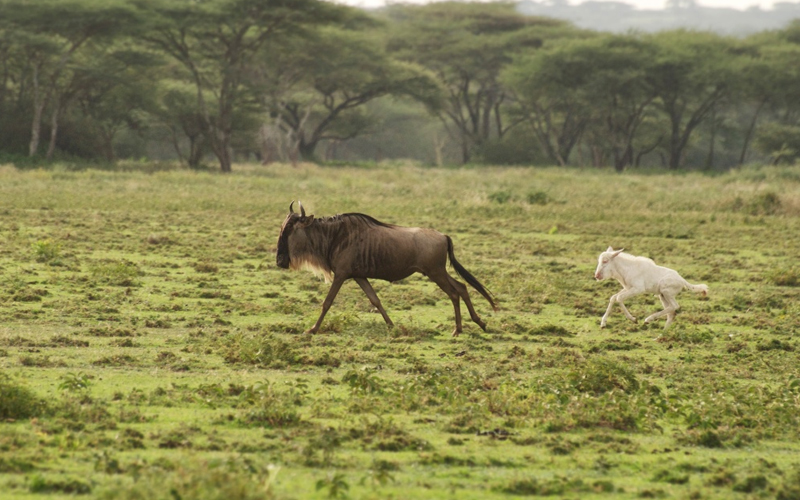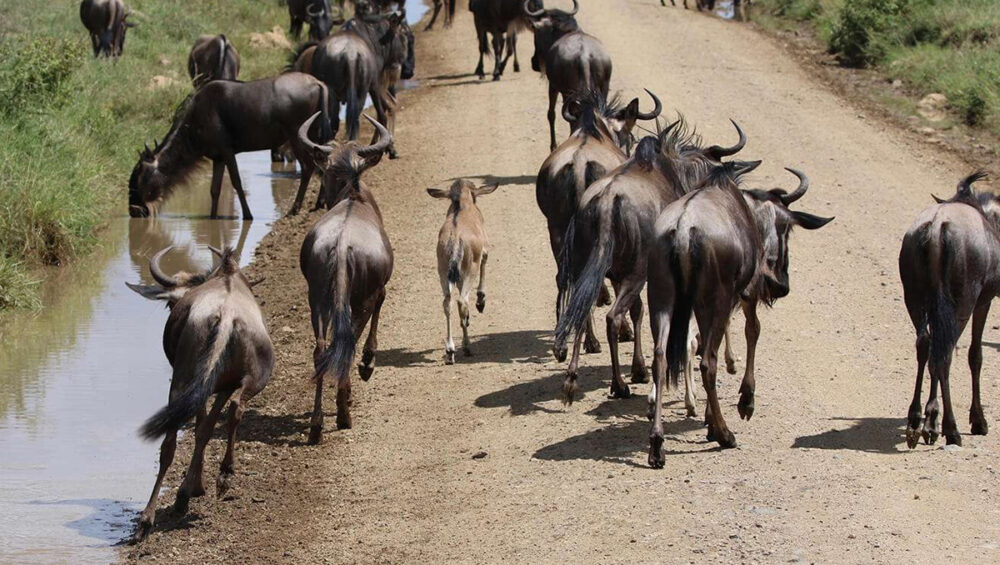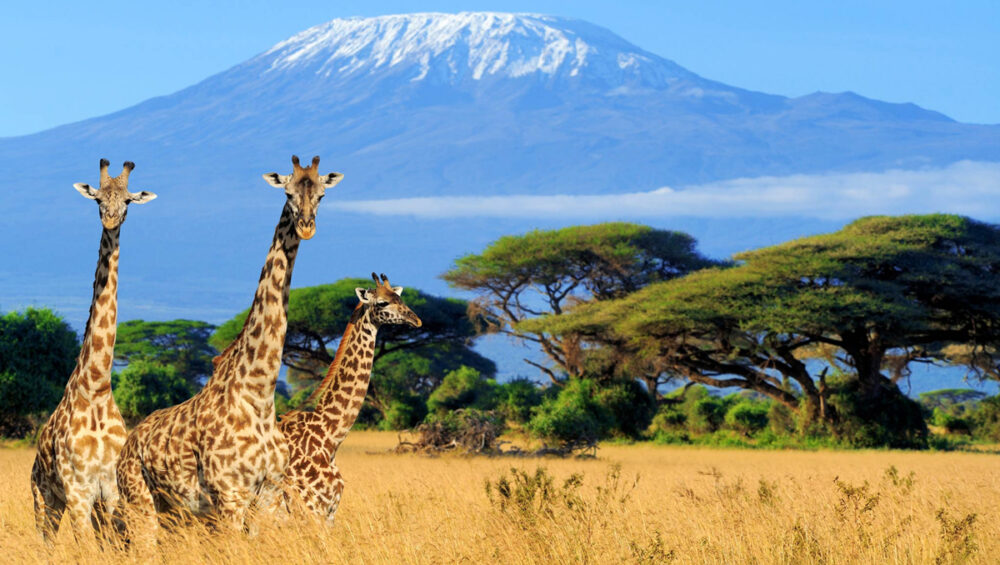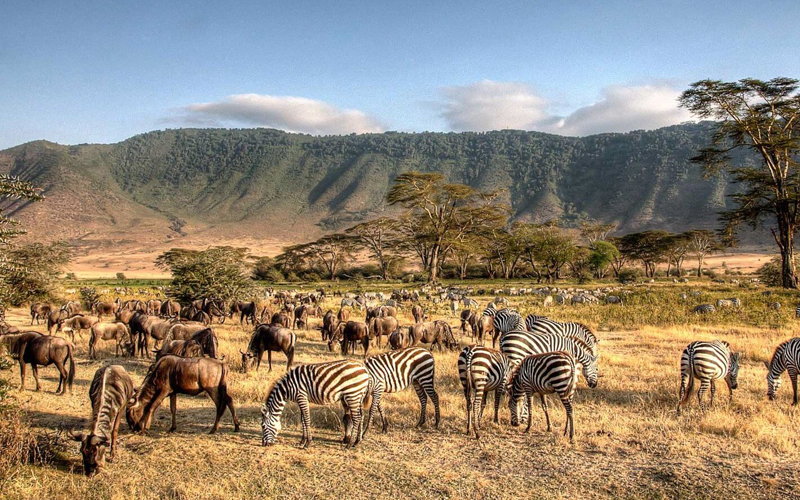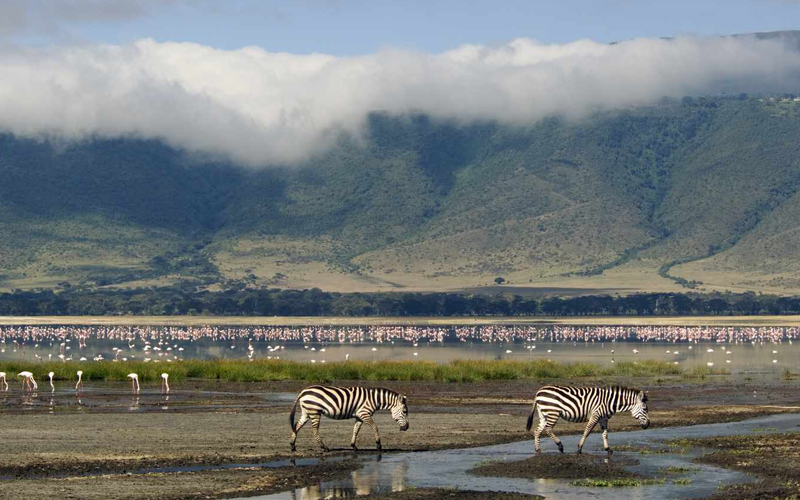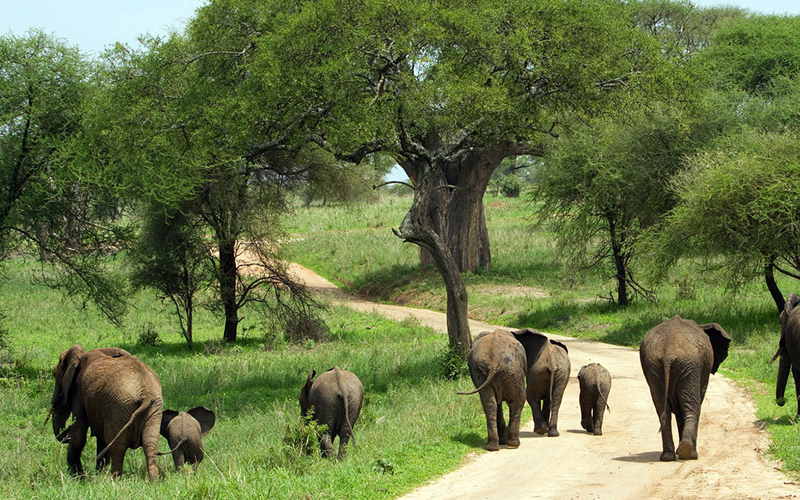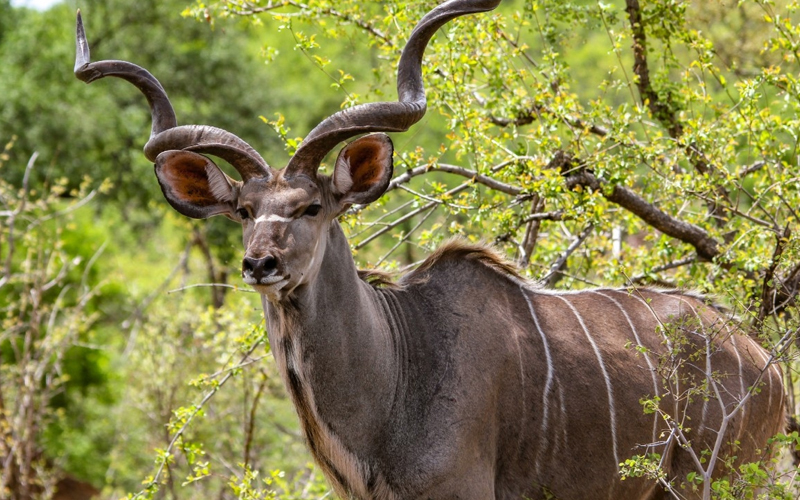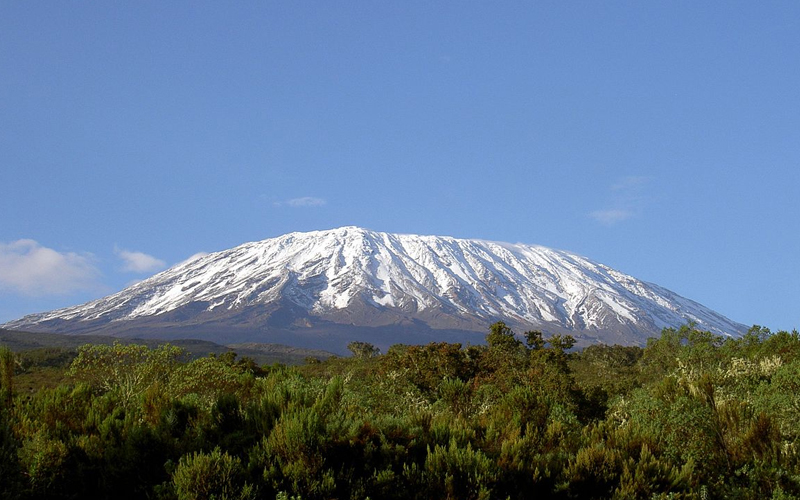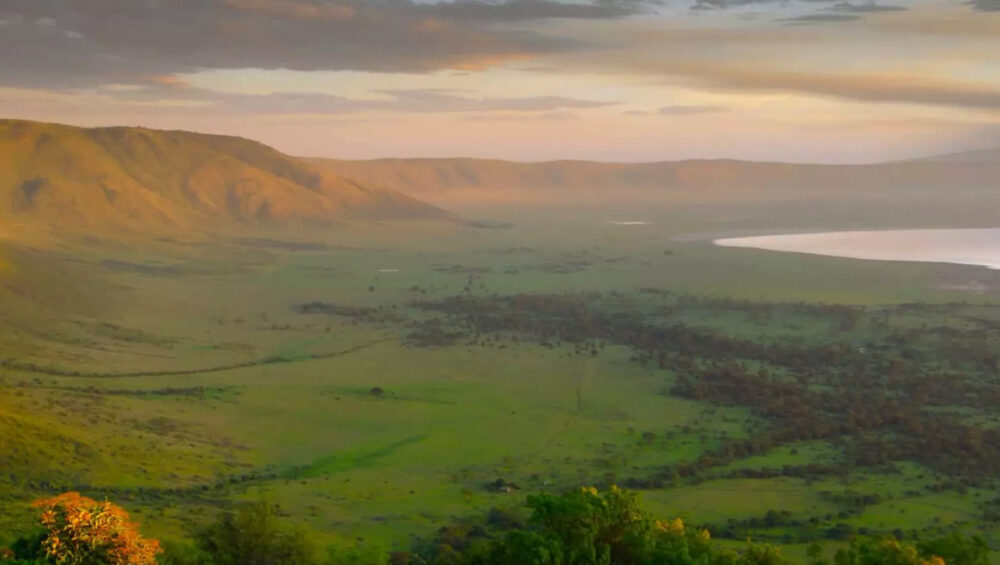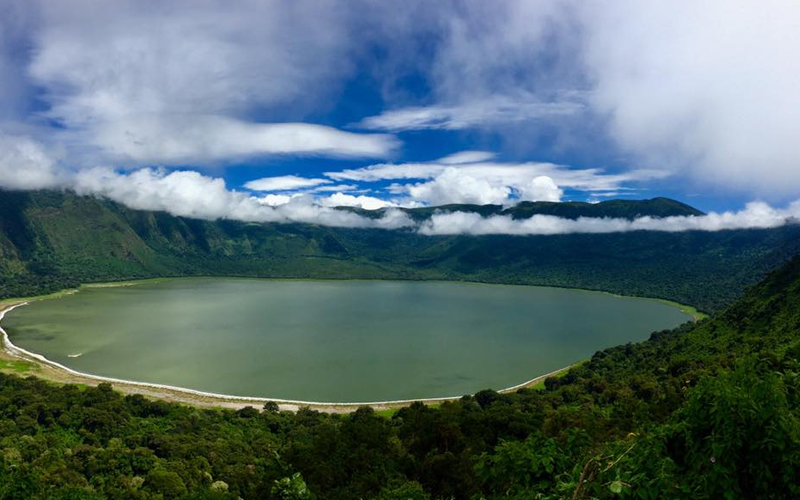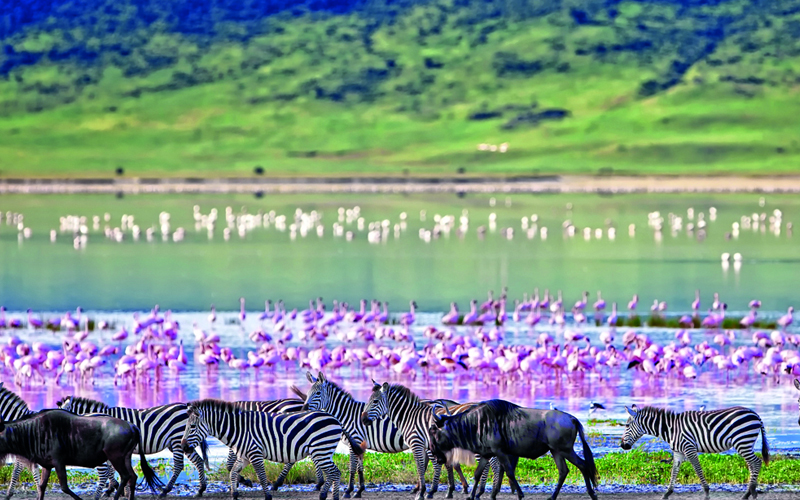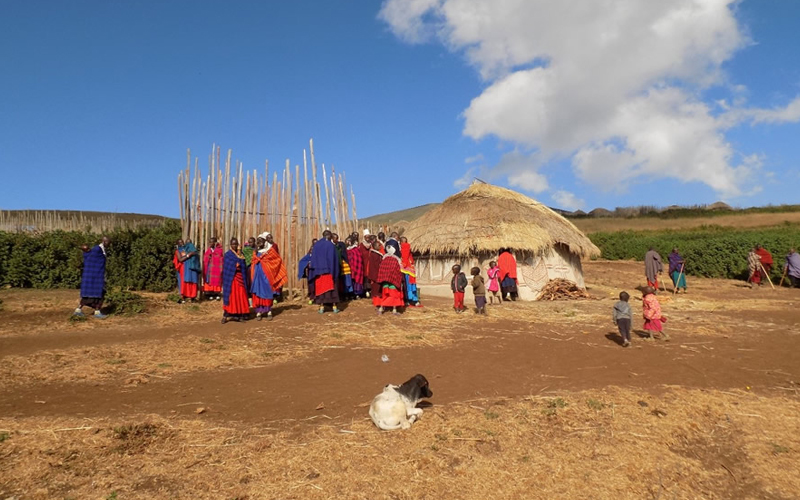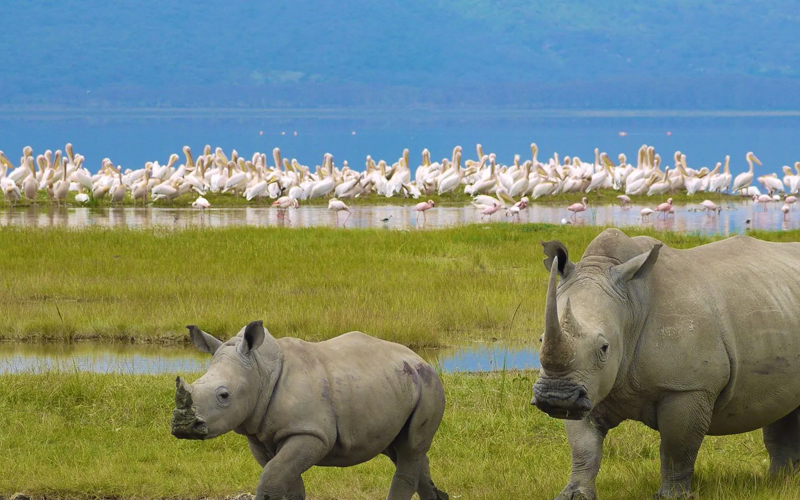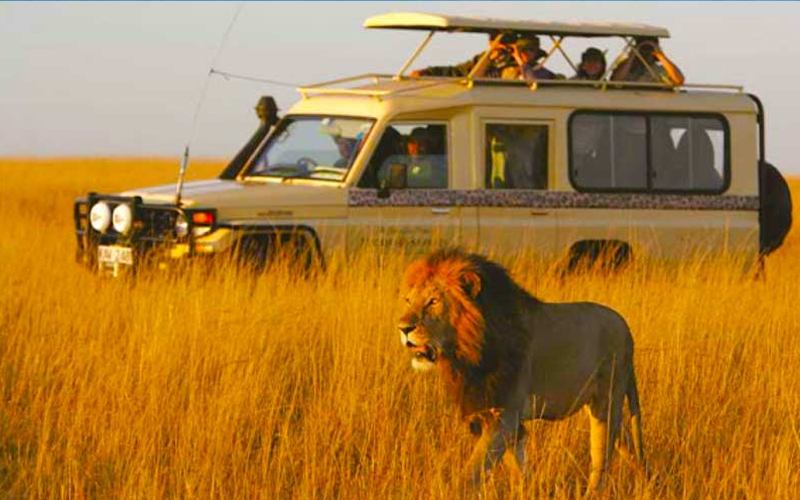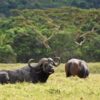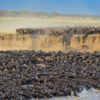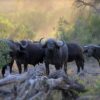Have you ever dreamed of witnessing one of nature’s most astonishing spectacles? The
Wildebeest Calving Season is exactly that—a mesmerizing natural event where over half a million wildebeest calves are born within a few weeks. This period, typically from late January to early March, is a critical time for the ecosystem and an unforgettable experience for those lucky enough to witness it. So, why is this event such a big deal, and what can you expect if you decide to go? Let’s dive in!
The Significance of Wildebeest Calving Season
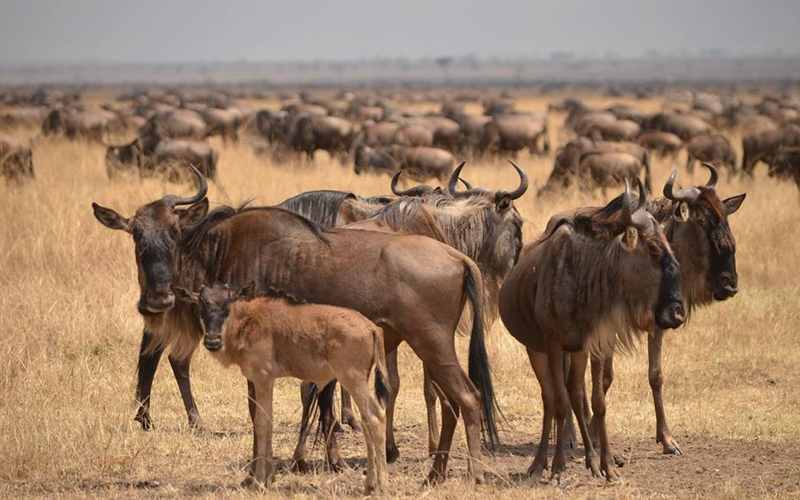
The wildebeest calving season isn’t just about cute baby animals (although that’s a huge part of it!). It plays a vital role in ensuring the survival and continuity of the species. With so many calves being born at once, it swamps predators with more food than they can handle, thus increasing the survival rate of the young.
Population Sustainability
Population sustainability in the wildebeest herds of the Serengeti is largely supported by their high birth rate during the calving season. Each year, a significant number of wildebeest calves are born, which helps to counterbalance the various threats they face, such as predators and environmental challenges. Even though many calves fall prey to predators or succumb to other dangers, the sheer number of births ensures that enough survive to adulthood. This high birth rate is crucial for keeping the wildebeest population stable over time, allowing the species to thrive despite the harsh conditions they often encounter.
Ecological Balance
The calving season in the Serengeti plays a crucial role in maintaining the ecological balance of the ecosystem. Predators such as lions, hyenas, and cheetahs heavily rely on the influx of vulnerable young wildebeest during this time for their sustenance. The abundance of newborn wildebeest provides a vital food source for these predators, allowing them to feed and sustain themselves.
This dynamic interaction between predators and prey helps regulate the population of wildebeest and other herbivores in the ecosystem. By controlling herbivore populations, predators prevent overgrazing and help maintain the health of vegetation, which in turn supports a diverse array of plant and animal species. Thus, the calving season not only ensures the survival of predator populations but also contributes to the overall ecological balance and biodiversity of the
Serengeti.
Location and Timing
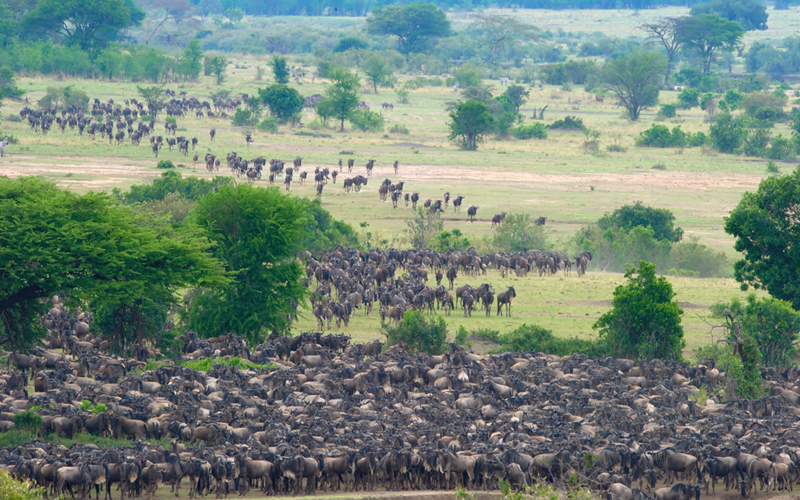
Serengeti-Mara Ecosystem
The
Serengeti-Mara ecosystem, spanning across northern Tanzania and southwestern Kenya, sets the stage for one of nature’s most remarkable spectacles: the wildebeest calving season. This vast expanse of grasslands serves as the ideal environment for the annual migration of wildebeest, zebras, and other herbivores.
During the calving season, the nutrient-rich grasses of the Serengeti-Mara ecosystem provide ample food and sustenance for pregnant wildebeest mothers, encouraging them to give birth in this region. The wide-open spaces also offer safety and visibility, allowing the wildebeest herds to keep a lookout for predators while they give birth and care for their young.
The Serengeti-Mara ecosystem’s unique combination of grasslands, water sources, and predator populations creates the perfect conditions for the wildebeest calving season to unfold, making it a spectacle of unparalleled natural beauty and significance.
Optimal Visiting Period
Late January to early March is indeed the optimal period to witness the wildebeest calving season in the southern Serengeti, especially in the Ndutu region. During this time, the grasslands of the southern Serengeti are bustling with activity as thousands of wildebeest calves are born each day.
The nutrient-rich grasses of the southern Serengeti attract pregnant wildebeest mothers seeking ideal conditions to give birth. The abundance of young calves, combined with the presence of predators like lions and cheetahs, creates a spectacle of nature’s raw beauty and drama.
For visitors seeking to witness this incredible event, planning a safari to the southern Serengeti from late January to early March offers the best opportunity to experience the wildebeest calving season in all its glory.
The Calving Process
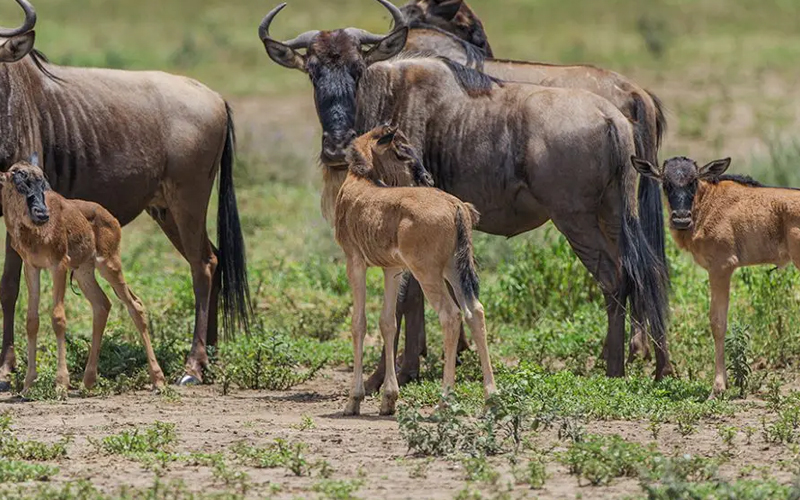
Synchronization
The wildebeest calving process is remarkably synchronized, with the majority of calves being born within a relatively short window of about three weeks. This synchronization is a survival strategy known as “predator swamping.”
During this synchronized calving period, the sheer number of newborn calves overwhelms predators, such as lions, hyenas, and cheetahs, with more prey than they can possibly consume. With so many potential targets available, predators find it challenging to capture and kill enough calves to meet their needs. As a result, the survival chances of individual calves increase significantly.
This strategy of predator swamping demonstrates the remarkable adaptability and resilience of wildebeest populations in the face of predation pressure. By coordinating their birthing season in this way, wildebeests maximize the chances of their offspring surviving to adulthood, ensuring the long-term sustainability of their species within the ecosystem.
Birth and First Steps
Wildebeest calves are incredibly resilient from the moment they enter the world. Within minutes of being born, they can stand on their wobbly legs and even start running alongside the herd. This rapid mobility is crucial for their survival in the harsh African savannah.
By being able to stand and run shortly after birth, wildebeest calves can keep pace with the herd as it moves across the vast landscape in search of food and water. This agility also helps them evade predators, such as lions and hyenas, which may target vulnerable young calves.
The ability of wildebeest calves to quickly adapt to their environment and join the herd demonstrates their remarkable instincts and the evolutionary adaptations that have allowed them to thrive in the challenging conditions of the Serengeti ecosystem.
Predator-Prey Dynamics
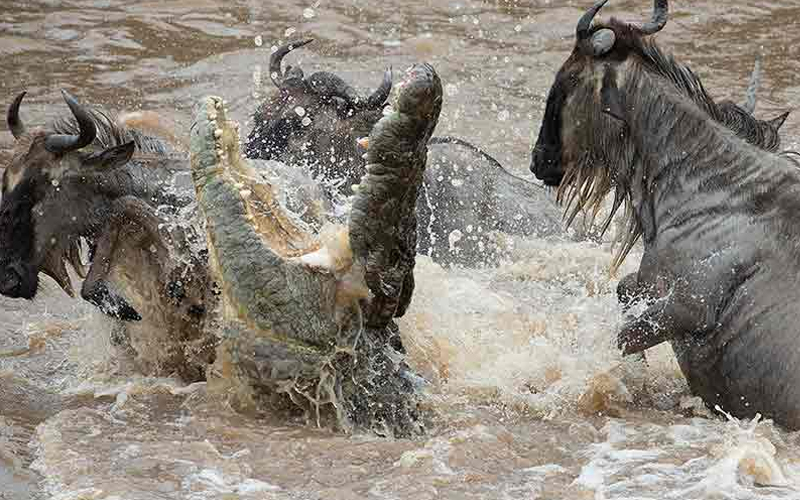
Predators’ Role
Predators play a crucial role during the wildebeest calving season, as they are well aware of the abundance of vulnerable prey. Animals like lions, cheetahs, and hyenas become more active and visible during this time, as they capitalize on the opportunity to hunt young wildebeest.
These predators often target the calving grounds, where the concentration of newborn wildebeest is highest. They use their keen senses and hunting skills to locate and ambush young calves, which are easier to catch due to their inexperience and smaller size.
The increased activity of predators during the calving season creates a dynamic and intense interaction between predator and prey, shaping the ecological dynamics of the Serengeti ecosystem. While predators pose a significant threat to wildebeest calves, their presence also serves as a crucial selective pressure, contributing to the overall health and resilience of the wildebeest population.
Calf Survival Strategies
Wildebeest calves have developed several survival strategies to increase their chances of survival despite the heightened predation risk during the calving season.
Firstly, as mentioned earlier, wildebeest calves are incredibly agile and can stand and run within minutes of being born. This rapid mobility allows them to quickly escape from predators and keep up with the herd, reducing their vulnerability to predation.
Secondly, the protective behavior of their mothers plays a crucial role in calf survival. Wildebeest mothers are highly attentive and vigilant, keeping a close watch over their offspring and intervening to defend them from predators when necessary. By staying close to their mothers and the safety of the herd, calves benefit from additional protection and guidance, reducing their exposure to predation.
Overall, the combination of rapid mobility, protective maternal care, and safety in numbers within the herd enhances the survival chances of wildebeest calves during the challenging calving season in the Serengeti.
Behavioral Adaptations of Calves
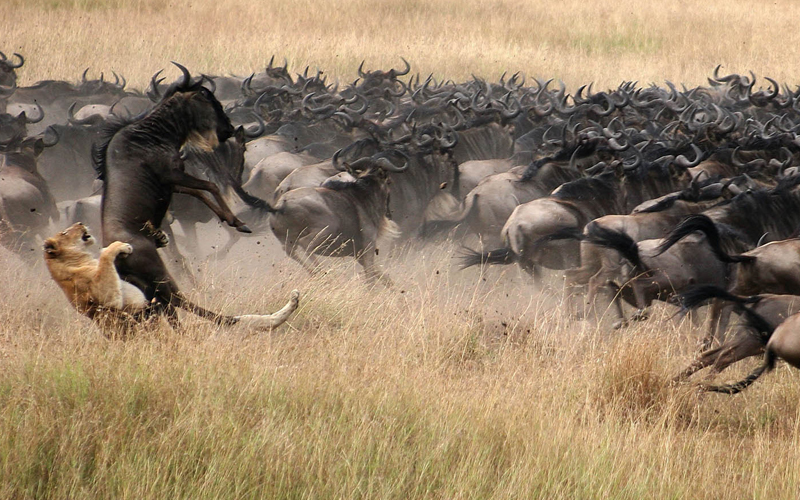
Early Mobility
The early mobility of wildebeest calves is truly remarkable. Within minutes of being born, they can stand on their legs and start running alongside the herd. This rapid development of mobility is a critical survival adaptation that helps them evade predators from the moment they enter the world.
By being able to stand and run shortly after birth, wildebeest calves can quickly escape from predators such as lions, cheetahs, and hyenas, which may target vulnerable young calves. This early mobility allows them to keep pace with the herd as it moves across the savannah in search of food and water, reducing their vulnerability to predation.
The ability of wildebeest calves to quickly adapt to their environment and join the herd demonstrates their incredible resilience and the evolutionary adaptations that have allowed them to thrive in the challenging conditions of the Serengeti ecosystem.
Staying Close to Mothers
Staying close to their mothers is a vital survival strategy for wildebeest calves in the
Serengeti. Wildebeest mothers are highly protective and provide essential guidance and care to their offspring.
By remaining close to their mothers, wildebeest calves benefit from the protective presence of a larger, more experienced adult. Mothers keep a watchful eye on their calves, intervening to protect them from predators and other threats. Calves also learn crucial survival skills by observing their mothers, such as where to find food and water, how to navigate the landscape, and how to recognize and respond to danger.
Additionally, staying close to their mothers allows wildebeest calves to benefit from the safety of the herd. The presence of other adult wildebeest provides additional protection and support, further reducing the vulnerability of the calves to predation and other risks.
Overall, staying close to their mothers is a fundamental behavior for wildebeest calves, ensuring both security and the acquisition of essential survival skills needed to thrive in the challenging environment of the Serengeti.
Guided Safari Experience
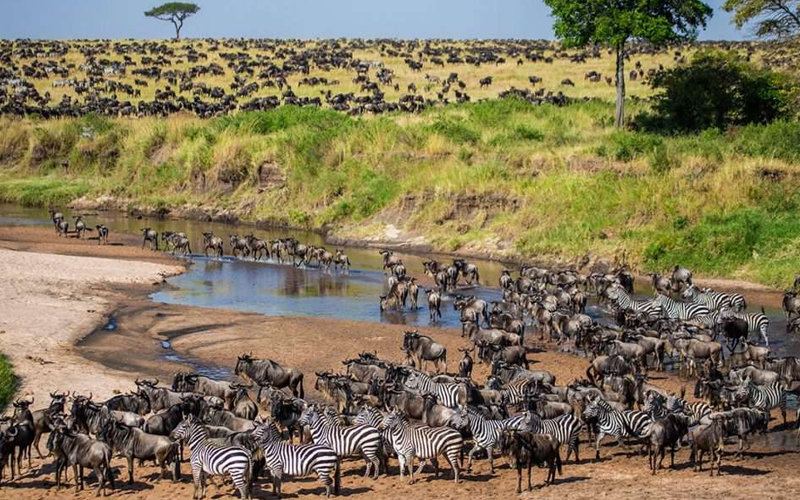
Importance of Guides
A guided safari is indeed the ideal way to fully appreciate and understand the wildebeest calving season in the Serengeti. Expert guides play a crucial role in enhancing your safari experience in several ways:
- In-depth knowledge: Experienced guides possess extensive knowledge of animal behavior, ecology, and the local landscape. They can provide valuable insights into the behavior and movements of wildebeest herds during the calving season, helping you understand the intricacies of this natural phenomenon.
- Finding the best spots: Guides are familiar with the terrain and know the prime locations to observe wildebeest calving activity. They can take you to strategic vantage points and areas where wildebeest herds congregate, maximizing your chances of witnessing the action up close.
- Interpretation and storytelling: Guides are skilled storytellers who can enrich your safari experience with fascinating anecdotes, cultural insights, and ecological context. They can share captivating stories about the wildlife you encounter, as well as the conservation efforts aimed at protecting these iconic species and their habitats.
- Safety and logistics: Guided safaris offer a safe and well-organized way to explore the Serengeti, with guides responsible for navigating the wilderness, ensuring your safety, and providing logistical support throughout the journey.
Overall, the expertise and guidance of experienced safari guides enhance your overall safari experience, allowing you to immerse yourself fully in the wonder and beauty of the wildebeest calving season in the Serengeti.
What to Expect
On a guided safari during the wildebeest calving season, you can expect a well-planned itinerary that includes early morning and late afternoon game drives, as these are the times when wildlife, including wildebeest and predators, are most active.
Your guide will strategically position your vehicle in prime locations where wildebeest herds gather, allowing you to witness the awe-inspiring spectacle of births, predator-prey interactions, and other fascinating behaviors up close. These locations may include areas where wildebeest congregate to give birth, as well as areas frequented by predators such as lions, cheetahs, and hyenas.
During the game drives, your guide will provide insightful commentary and interpretation, helping you understand the behavior of the animals and the ecological dynamics at play. They will share their knowledge of the local wildlife, answer any questions you may have, and ensure that you have a memorable and enriching safari experience.
Overall, on a guided safari during the wildebeest calving season, you can expect thrilling wildlife encounters, breathtaking scenery, and expert guidance that enhances your understanding and appreciation of this remarkable natural phenomenon in the Serengeti.
Photography Tips
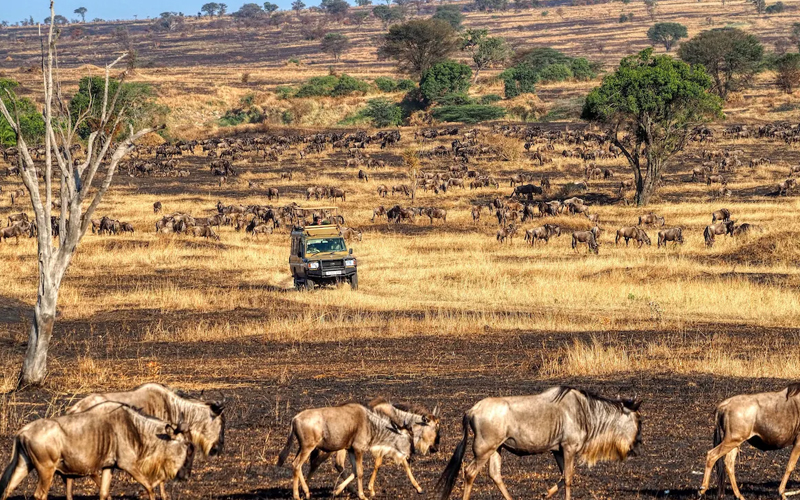
Equipment Recommendations
When embarking on a safari to witness the wildebeest calving season, having the right equipment can greatly enhance your photography experience. Here are some recommendations:
- Camera: Invest in a quality digital camera with manual settings to capture the stunning landscapes and wildlife encounters of the Serengeti. A DSLR or mirrorless camera offers versatility and control over exposure settings, allowing you to adjust shutter speed, aperture, and ISO to capture sharp and well-exposed images.
- Telephoto lens: A telephoto lens is essential for capturing detailed shots of wildlife from a safe distance. A zoom lens with a focal length of at least 200mm is recommended, as it allows you to photograph animals without disturbing them or encroaching on their natural habitat. Consider investing in a telephoto lens with image stabilization to reduce the effects of camera shake when shooting handheld.
- Wide-angle lens: In addition to a telephoto lens, a wide-angle lens can be useful for capturing expansive landscapes and panoramic views of the Serengeti. A wide-angle lens with a focal length between 16mm and 35mm is ideal for capturing the vastness and beauty of the savannah, as well as dramatic skyscapes during sunrise and sunset.
- Tripod: A sturdy tripod is essential for stabilizing your camera and minimizing camera shake, especially when using telephoto lenses or shooting in low-light conditions. Look for a lightweight and portable tripod that is easy to carry on game drives and excursions.
- Additional accessories: Consider bringing extra camera batteries, memory cards, lens cleaning kits, and protective gear such as lens hoods and rain covers to ensure that your equipment is protected and ready for any shooting conditions.
By equipping yourself with a good camera and telephoto lens, you can capture the magic of the wildebeest calving season in stunning detail while respecting the animals and their natural environment.
Best Times for Photography
The golden hours of early morning and late afternoon are indeed the best times for wildlife photography, including during the wildebeest calving season in the Serengeti. Here’s why:
- Soft, golden light: During the golden hours, the sun is low in the sky, casting soft, warm, and directional light that adds a beautiful glow to your photographs. This golden light enhances the colors and textures of the landscape and wildlife, creating a more visually appealing and atmospheric image.
- Reduced contrast: The angle of the sunlight during the golden hours helps to reduce harsh shadows and contrast, resulting in more evenly lit and balanced photographs. This softer lighting minimizes harsh highlights and deep shadows, allowing you to capture more detail and nuance in your images.
- Active wildlife: Wildlife, including wildebeest and predators, are most active during the cooler hours of early morning and late afternoon when temperatures are more comfortable. This increased activity provides ample opportunities for capturing dynamic and engaging wildlife behavior, such as hunting, feeding, and interacting with their young.
- Dramatic skies: The golden hours often coincide with stunning sunrise and sunset skies, featuring vibrant colors and dramatic cloud formations. These dramatic skies can add depth and visual interest to your wildlife photographs, creating a more captivating and memorable image.
By planning your photography sessions during the golden hours of early morning and late afternoon, you can maximize the potential for capturing stunning wildlife images that showcase the beauty and magic of the wildebeest calving season in the Serengeti.
Conservation Efforts
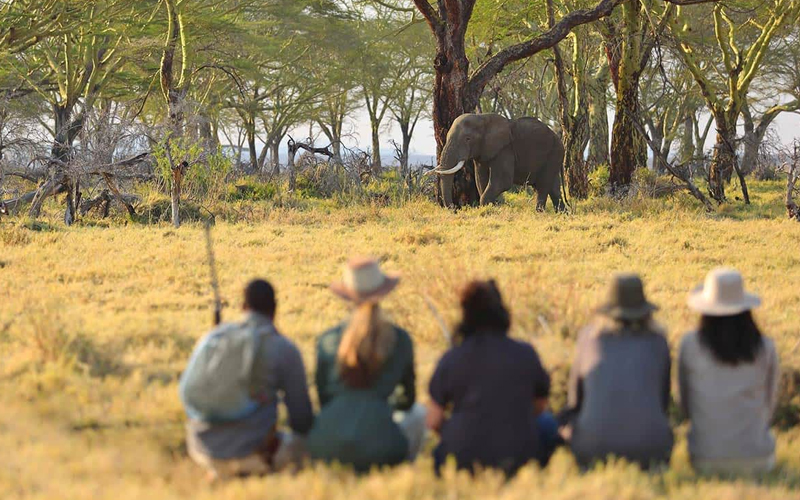
Protection Measures
Conserving the Serengeti-Mara ecosystem is paramount for the survival of its iconic wildlife, including the wildebeest, as well as many other species. Organizations such as the Tanzania National Parks Authority (TANAPA) and the Kenya Wildlife Service (KWS) play a crucial role in protecting these precious areas through a variety of measures:
- Anti-poaching efforts: TANAPA and KWS employ rangers and anti-poaching units to patrol protected areas, deter illegal hunting, and apprehend poachers. These efforts help to safeguard wildlife populations from the devastating effects of poaching, such as habitat loss and population decline.
- Habitat preservation: TANAPA and KWS are responsible for managing and preserving the natural habitats within the Serengeti-Mara ecosystem. This includes implementing measures to protect critical habitats, such as grasslands, woodlands, and wetlands, from degradation and encroachment by human activities.
- Community engagement: TANAPA and KWS work closely with local communities living adjacent to protected areas to promote conservation awareness and sustainable livelihoods. By involving local communities in conservation efforts, these organizations foster a sense of stewardship and ownership over the natural resources upon which they depend.
- Research and monitoring: TANAPA and KWS conduct scientific research and monitoring programs to assess the health of wildlife populations and ecosystems within the Serengeti-Mara ecosystem. This information helps to inform conservation strategies and management decisions aimed at preserving biodiversity and ecological integrity.
Overall, the tireless efforts of organizations like TANAPA and KWS are essential for protecting and conserving the Serengeti-Mara ecosystem for future generations to enjoy. By working together with local communities, stakeholders, and international partners, these organizations are committed to ensuring the long-term sustainability of this iconic landscape and its incredible wildlife.
Community Involvement
Involving local communities in conservation efforts is essential for the long-term success of wildlife protection and habitat preservation in areas like the Serengeti-Mara ecosystem. Here’s why community involvement is crucial:
- Sense of ownership: Engaging local communities in wildlife protection and habitat preservation initiatives helps foster a sense of ownership and responsibility towards conservation efforts. When communities feel connected to and invested in the conservation of their natural resources, they are more likely to take proactive steps to protect them.
- Traditional knowledge and practices: Local communities often possess valuable traditional knowledge and practices that can complement scientific approaches to conservation. By incorporating indigenous knowledge systems into conservation strategies, organizations can benefit from the wisdom accumulated over generations of living in harmony with nature.
- Economic benefits: Conservation initiatives that provide economic benefits to local communities through sustainable tourism, livelihood development, and revenue-sharing programs help incentivize conservation efforts. By demonstrating the tangible economic value of preserving wildlife and habitats, these initiatives create opportunities for communities to benefit directly from conservation activities.
- Conflict resolution: Involving local communities in conservation efforts can help mitigate conflicts between humans and wildlife by fostering better understanding and cooperation. By addressing community concerns and incorporating their perspectives into conservation planning, organizations can develop more inclusive and effective solutions to conservation challenges.
Overall, community involvement is essential for building partnerships, fostering collaboration, and ensuring the long-term sustainability of conservation efforts in the Serengeti-Mara ecosystem and other protected areas. By working together with local communities as active partners in conservation, we can achieve greater success in protecting our planet’s biodiversity for future generations.
Challenges Facing the Ecosystem
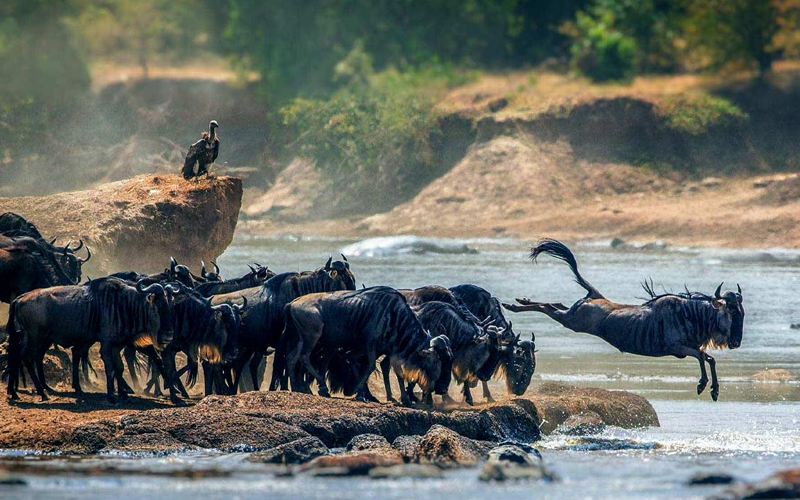
Climate Change
Climate change poses a significant threat to the Serengeti-Mara ecosystem. Changes in weather patterns can affect the availability of water and grazing areas, disrupting the migration and calving cycles of the wildebeest.
Human-Wildlife Conflict
As human populations grow, the encroachment on wildlife habitats increases, leading to conflicts. Efforts to mitigate these conflicts through community education and sustainable land-use practices are crucial for the ecosystem’s health.
Cultural Significance
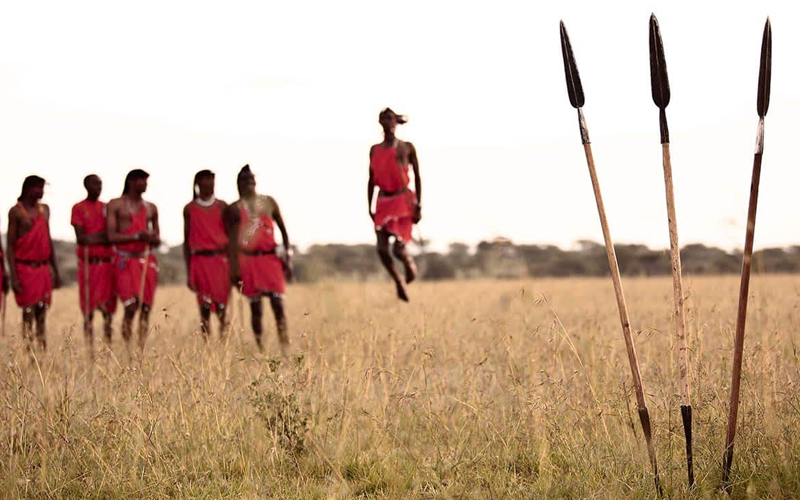
Role of the Maasai People
The Maasai people have coexisted with the wildlife of the
Serengeti-Mara ecosystem for centuries. Their traditional knowledge and practices contribute to the conservation of this unique environment.
Traditions and Conservation
The Maasai have long practiced rotational grazing, which helps maintain the health of the grasslands. Their involvement in wildlife monitoring and anti-poaching efforts is vital for the preservation of the ecosystem.
The wildebeest calving season is a true miracle of nature, offering an unparalleled opportunity to witness the cycle of life in one of the world’s most iconic ecosystems. From the synchronized births to the dramatic predator-prey interactions, every aspect of this event is captivating.
Embark on an extraordinary journey through Tanzania’s stunning landscapes and wildlife havens. Witness the iconic
Serengeti, where the mesmerizing
wildlife migration unfolds before your eyes. Marvel at the rich biodiversity of the breathtaking
Ngorongoro Crater. Conquer the thrilling ascent of
Kilimanjaro, Africa’s highest peak, for an unforgettable adventure. Finally, unwind on the tranquil beaches of
Zanzibar. Join us for the ultimate
Tanzania Safari tour, where every moment promises breathtaking beauty and adventure!
